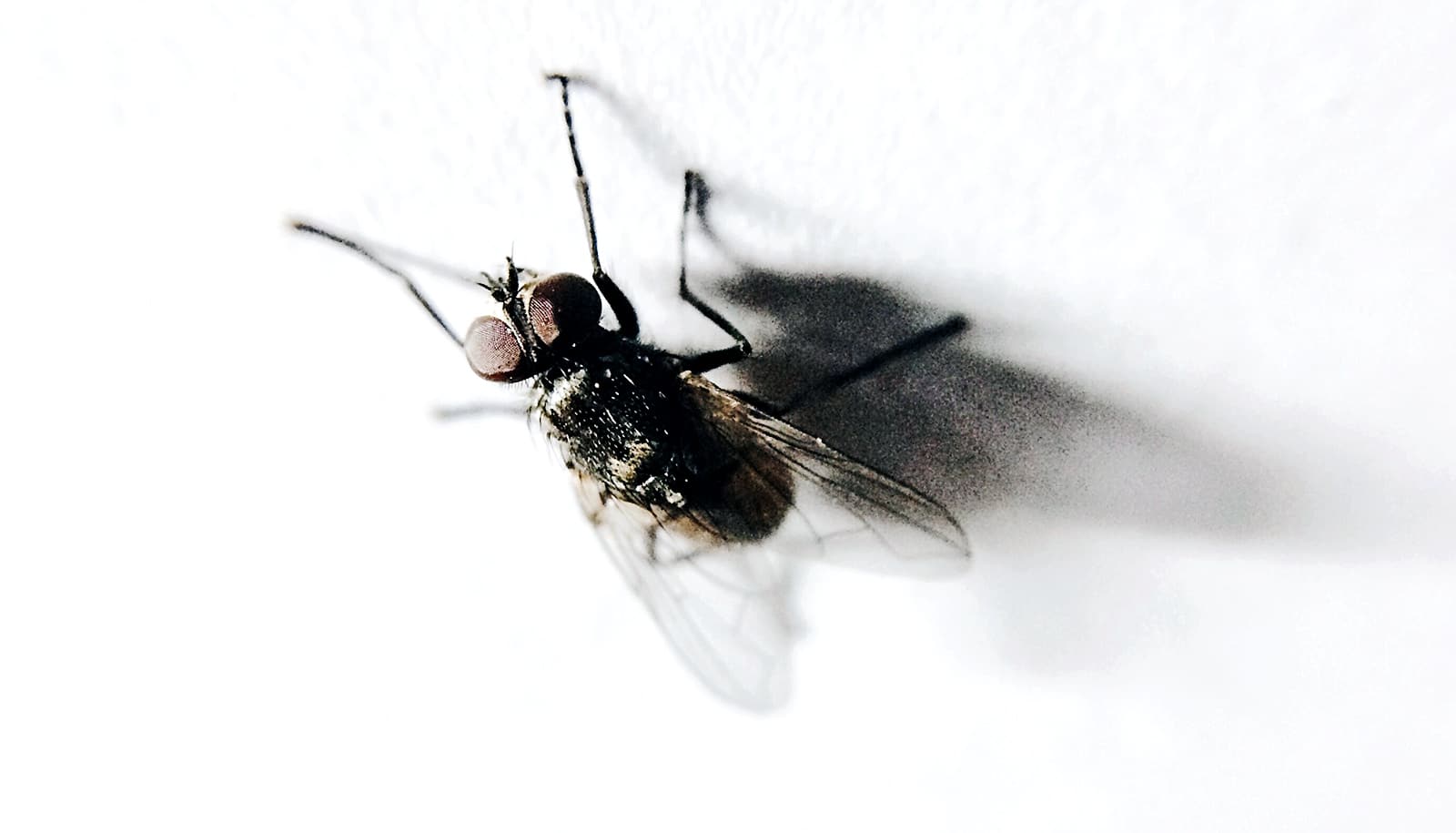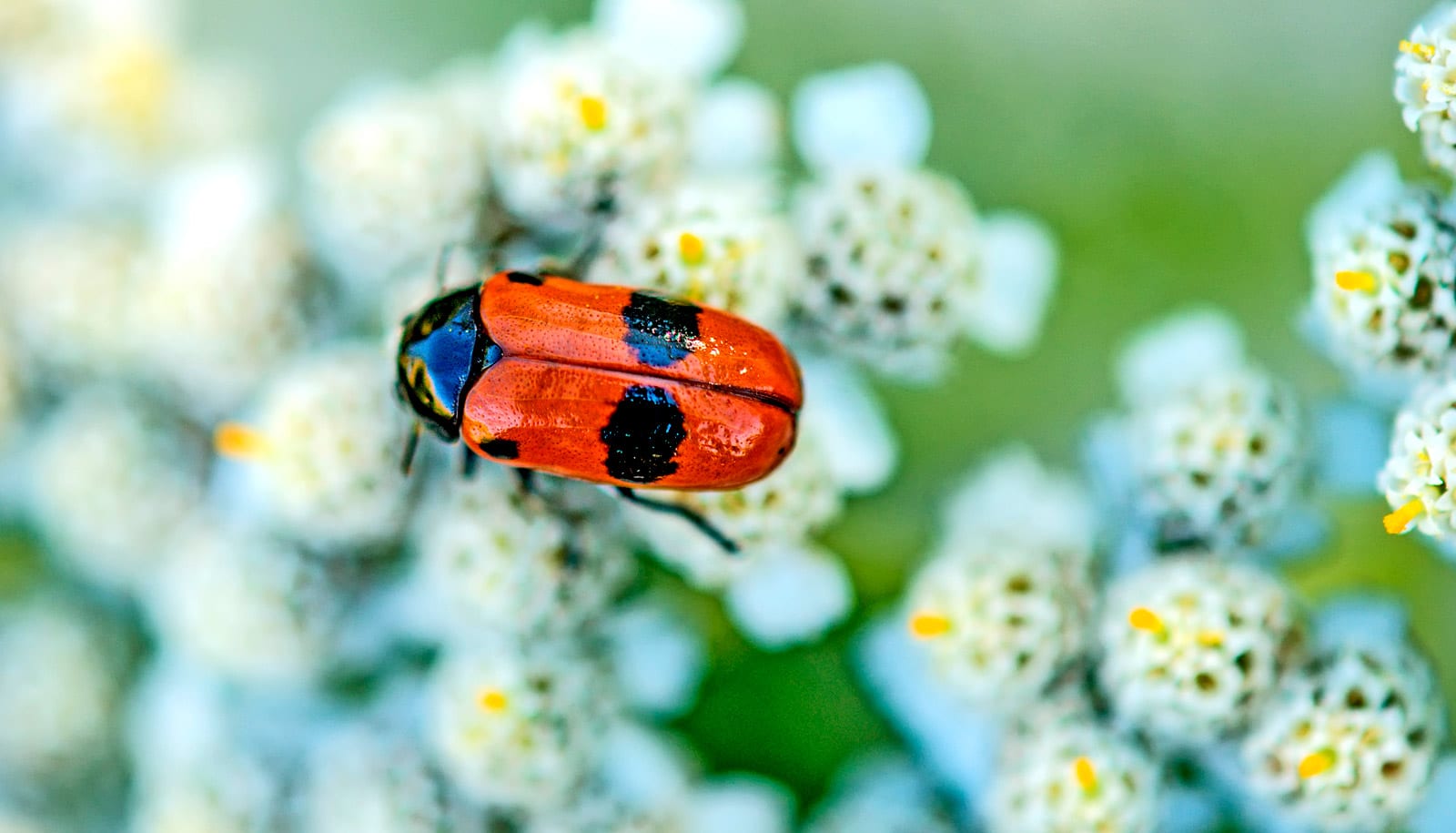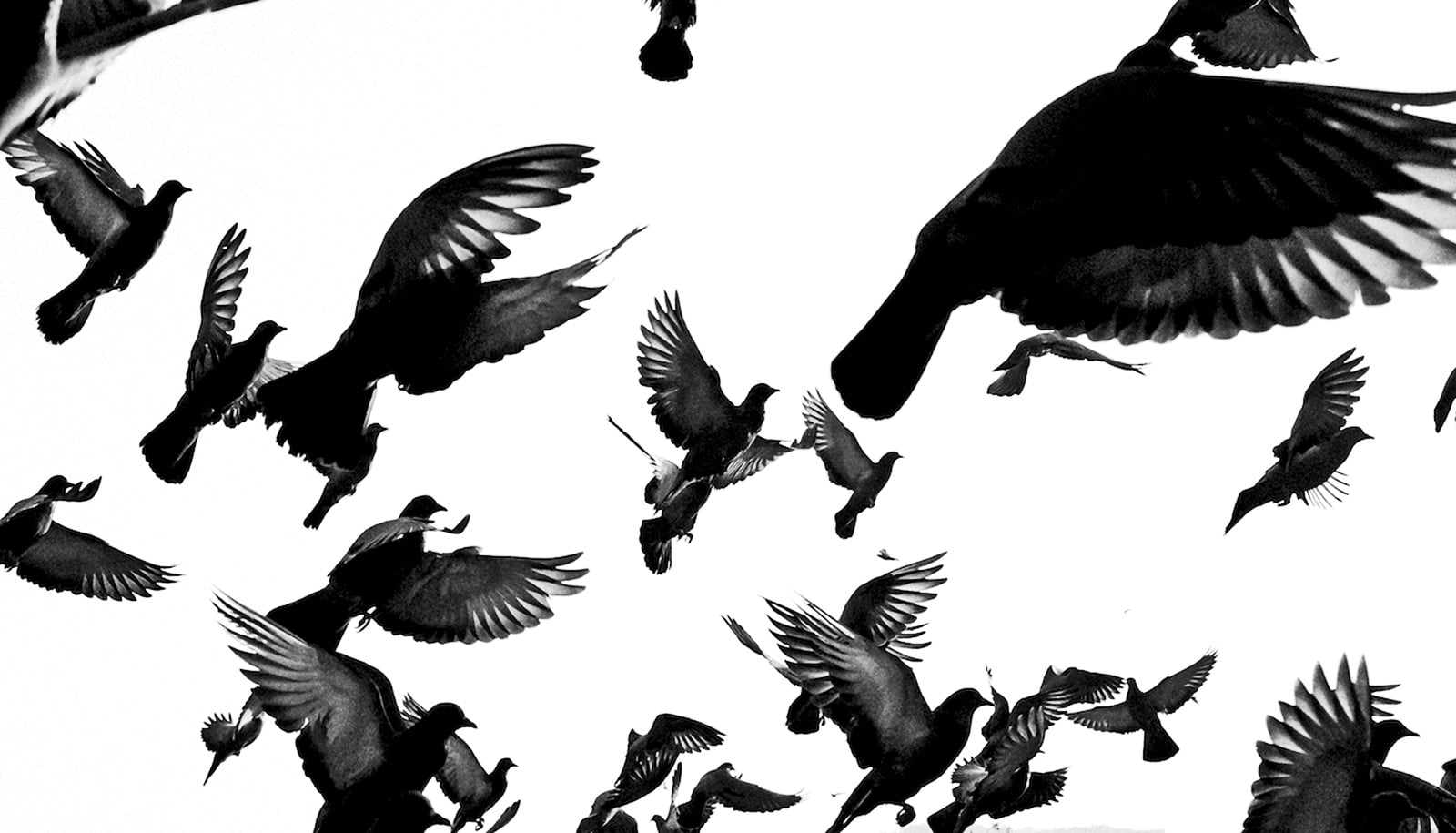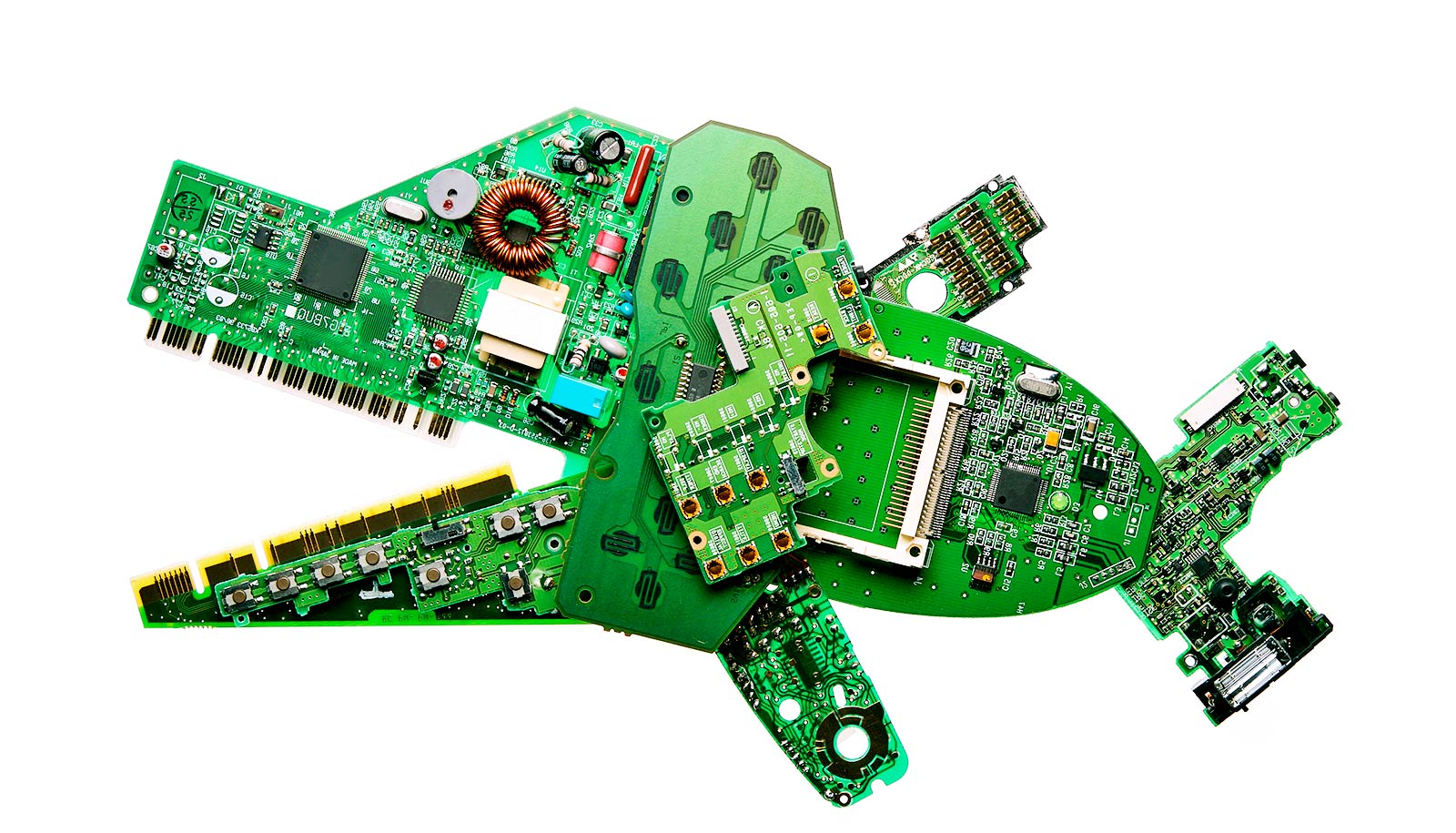The most complete description of how flying insects land upside down could inspire new robotic technology, researchers report.
“Through this work, we sought to understand how a fly executes the maneuvers of landing upside down in the blink of an eye,” says Bo Cheng, assistant professor of mechanical engineering at Penn State and lead author of a new paper in Science Advances.
It’s arguably the most difficult and least-understood aerobatic maneuver that flying insects do, he says. “Ultimately, we want to replicate that in engineering, but we have to understand it first.”
Cheng and colleagues aim to understand the biomechanical and sensory processes that flies use to land on different surfaces like ceilings and moving objects.
To gather their data, the team first examined the flies’ inverted landing behaviors in a flight chamber using high-speed videography. They discovered that the insects usually execute four perfectly timed maneuvers to land upside down: they increase their speed, complete a rapid body rotational maneuver (like a cartwheel), perform a sweeping leg extension and, finally, land through a leg-assisted body swing with their feet firmly planted on the ceiling.
The researchers believe these actions are set in motion by a series of complex visual and sensory cues the flies perceive as they approach their desired landing spot.
“Within the blink of an eye, these flies can totally invert their body and land, which is quite spectacular,” says Jean-Michel Mongeau, assistant professor of mechanical engineering. “We see it all the time happening around us, but we’ve demonstrated the complexity of the maneuver. There is a lot of interest for robots to be able to do the same.”
Current robotic technology, however, sorely lacks the speed and efficiency needed to execute the same maneuvers.
“We look at nature for inspiration. This helps drive the fundamental science of engineering, to understand how flies are able to solve these problems so we can apply them to future technologies,” Mongeau says.
In addition to advancing robotics, the implications of the work can also apply to the field of neuroscience.
“How is a fly’s nervous system able to do this so quickly? This work reiterates how fast these maneuvers are executed within an extremely small nervous system. This data can lead to new hypotheses for understanding how brains function,” says Mongeau.
Additional coauthors are the National Centre for Biological Sciences in Bangalore, India and Colorado State University. The National Science Foundation funded the work.
Source: Penn State



